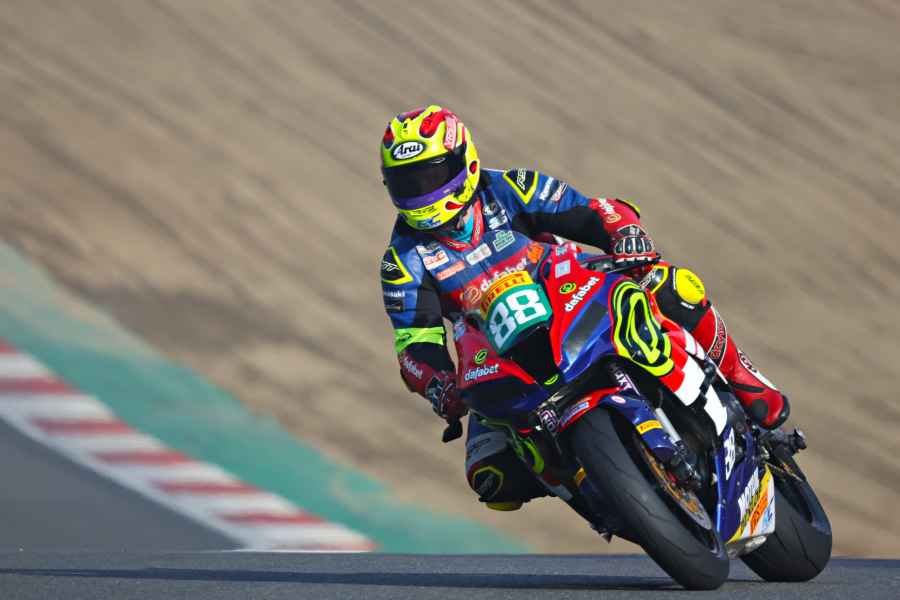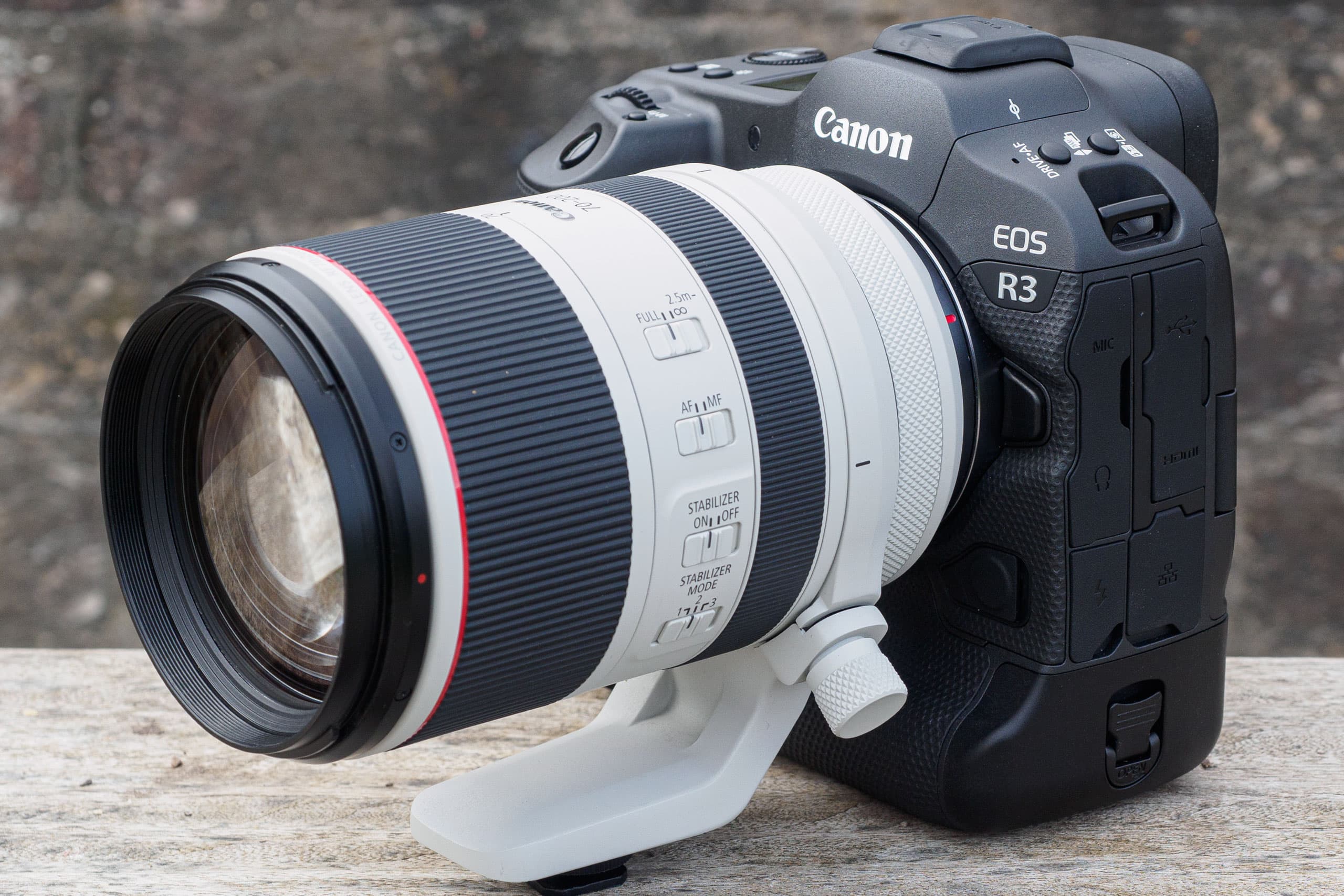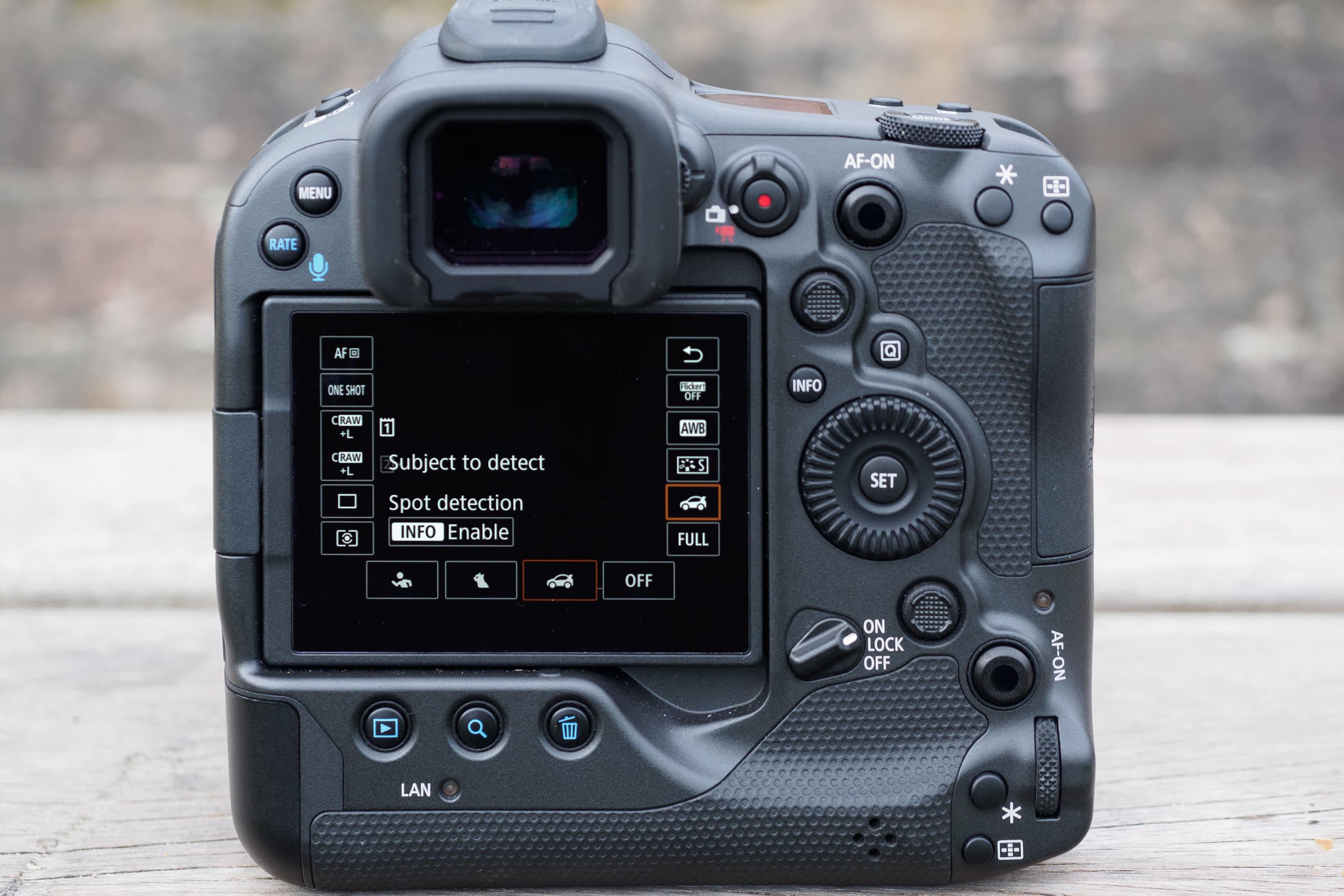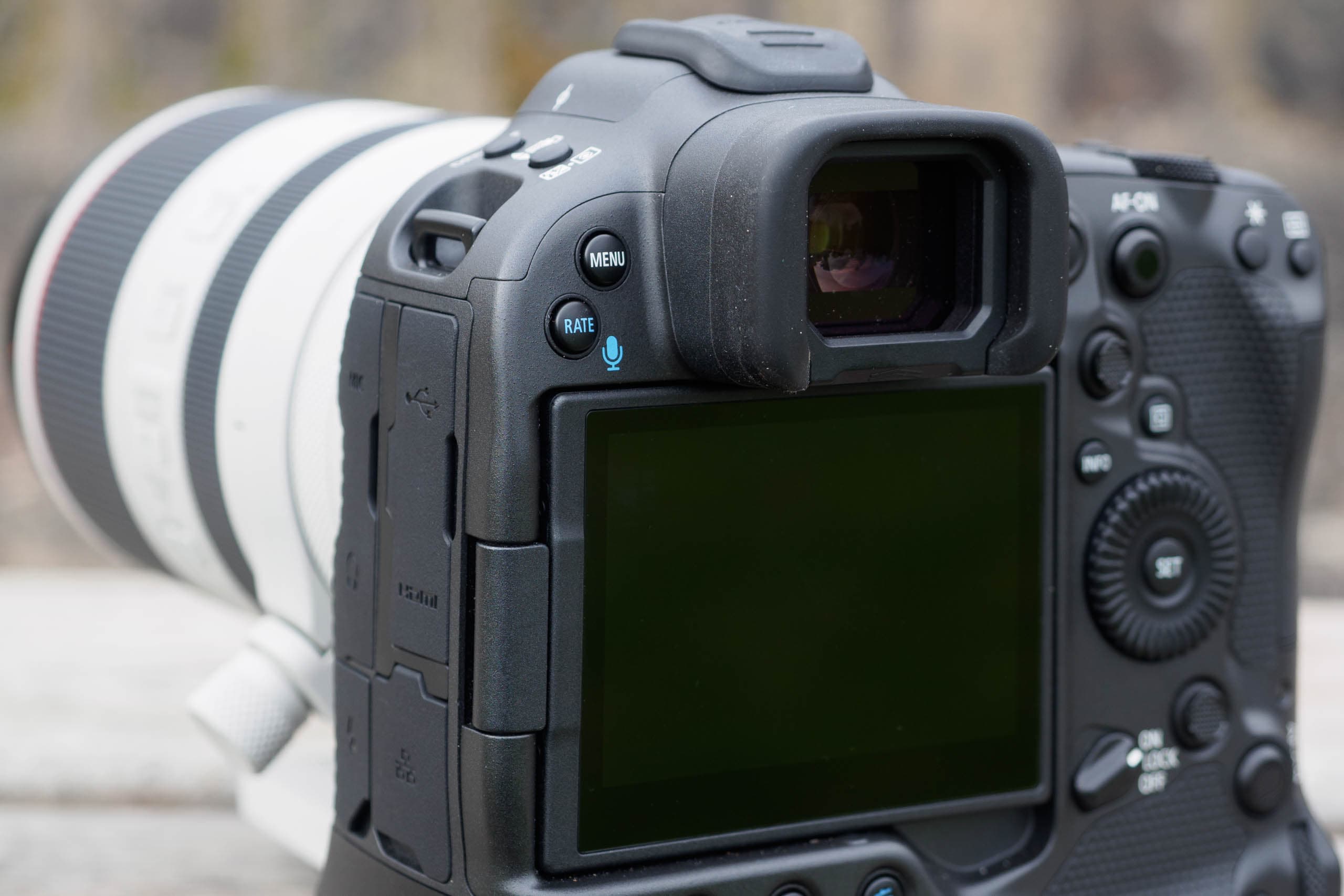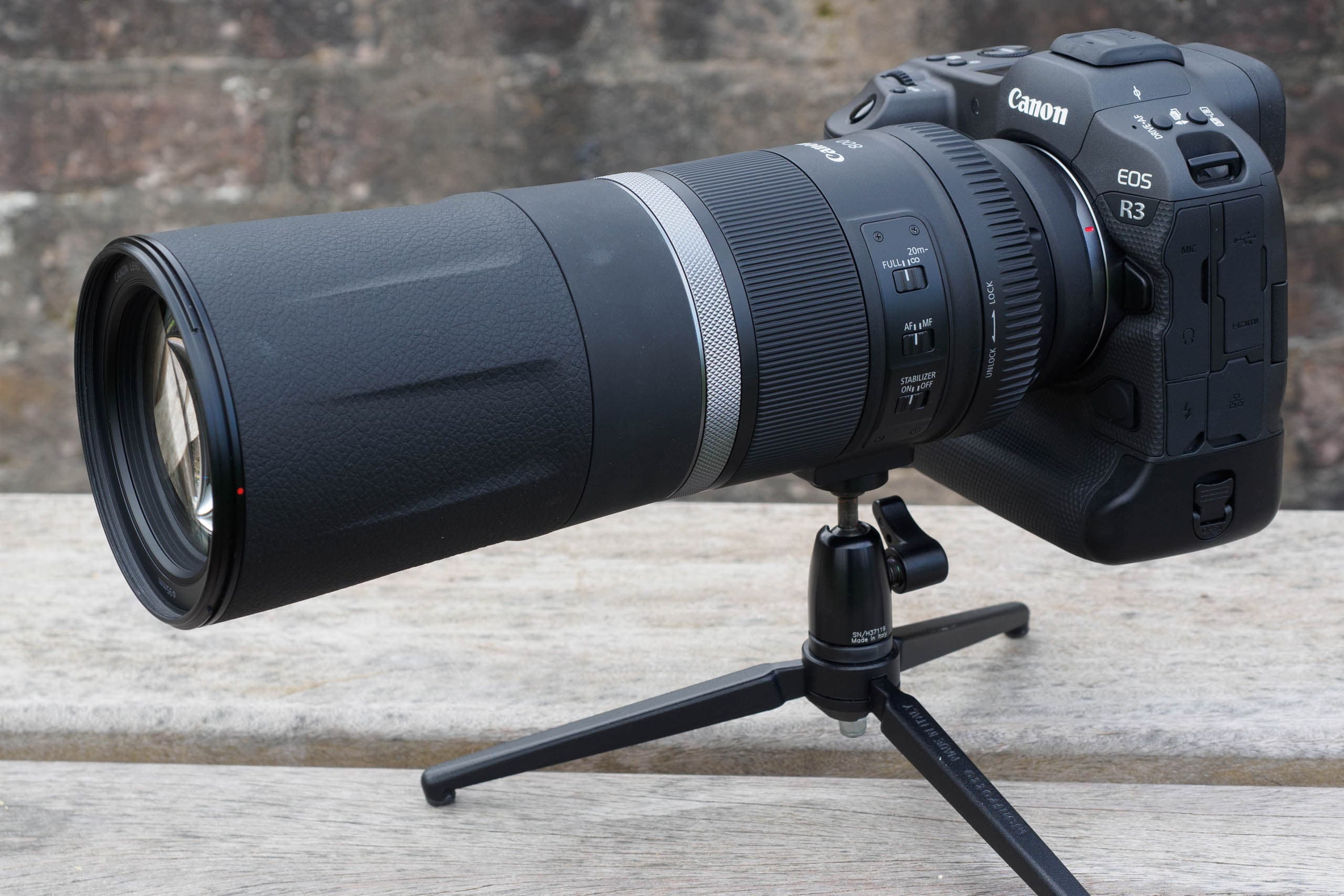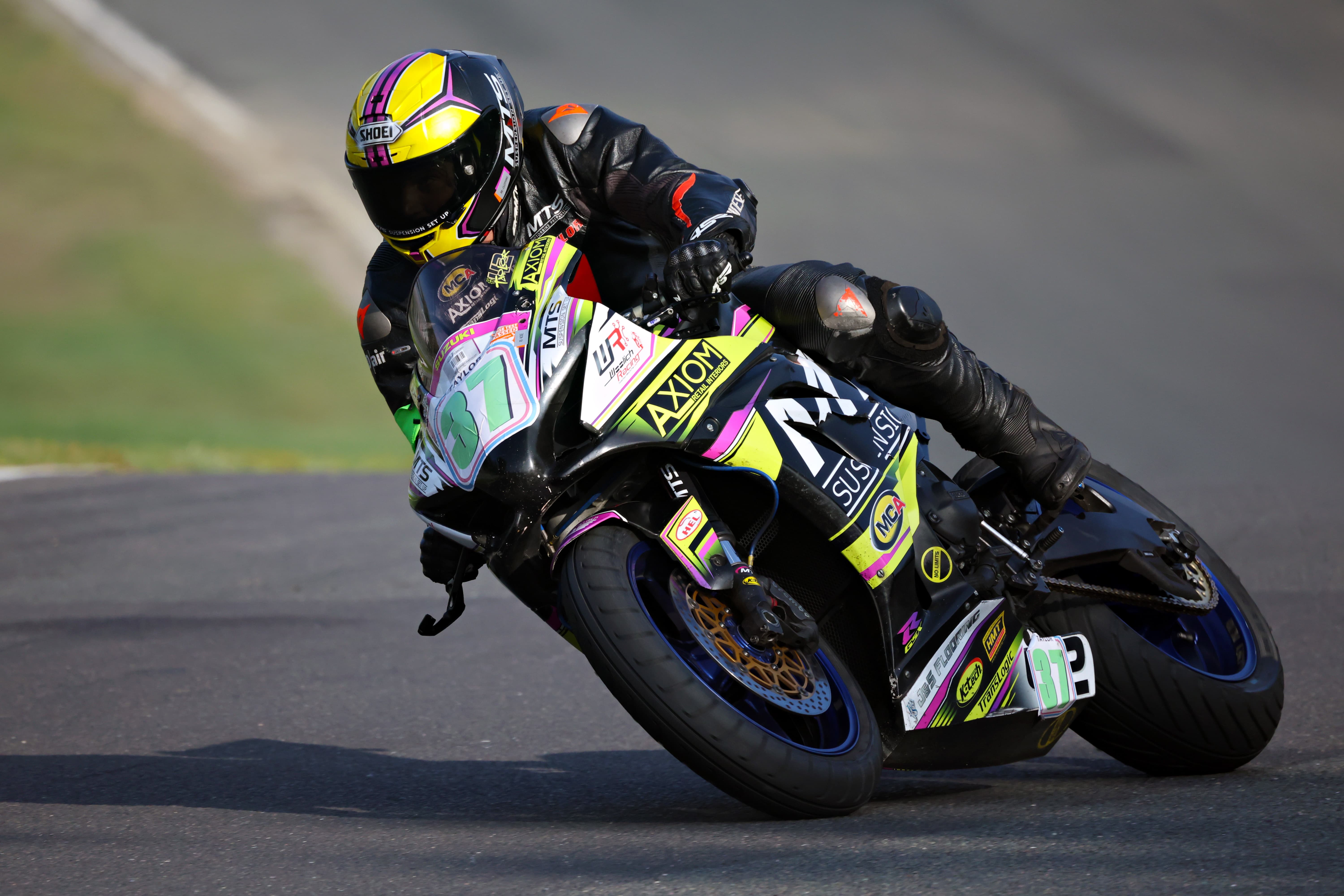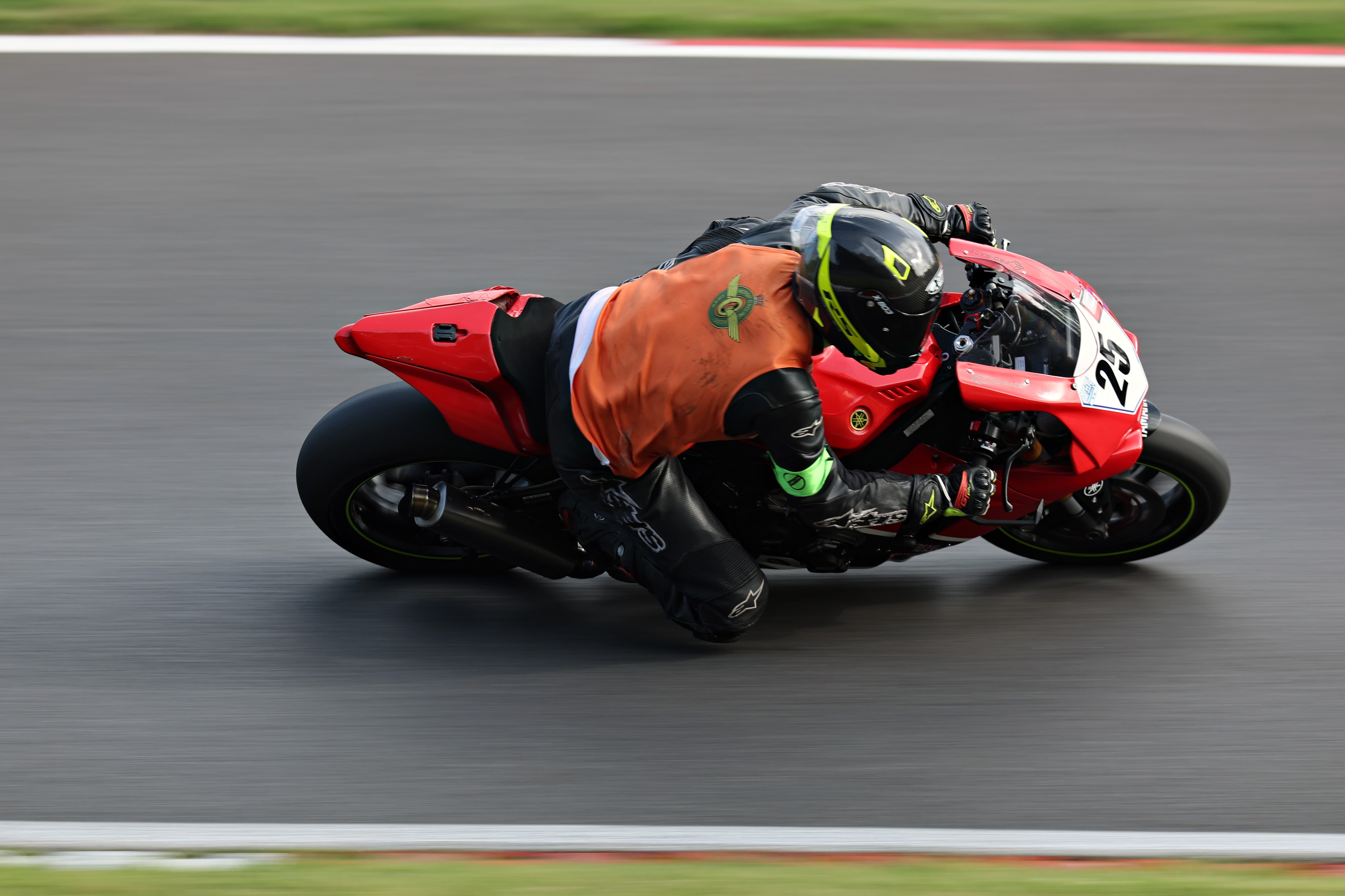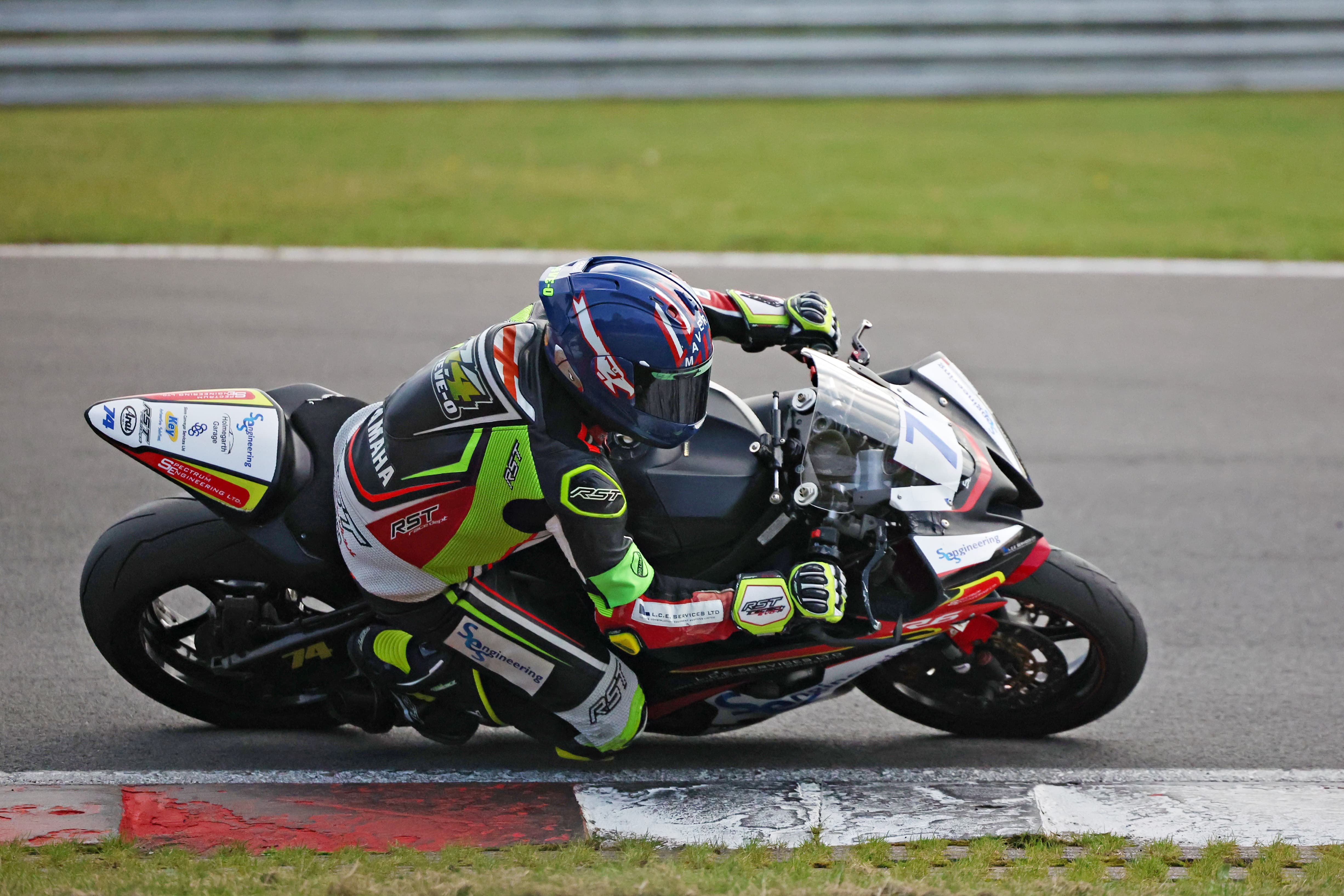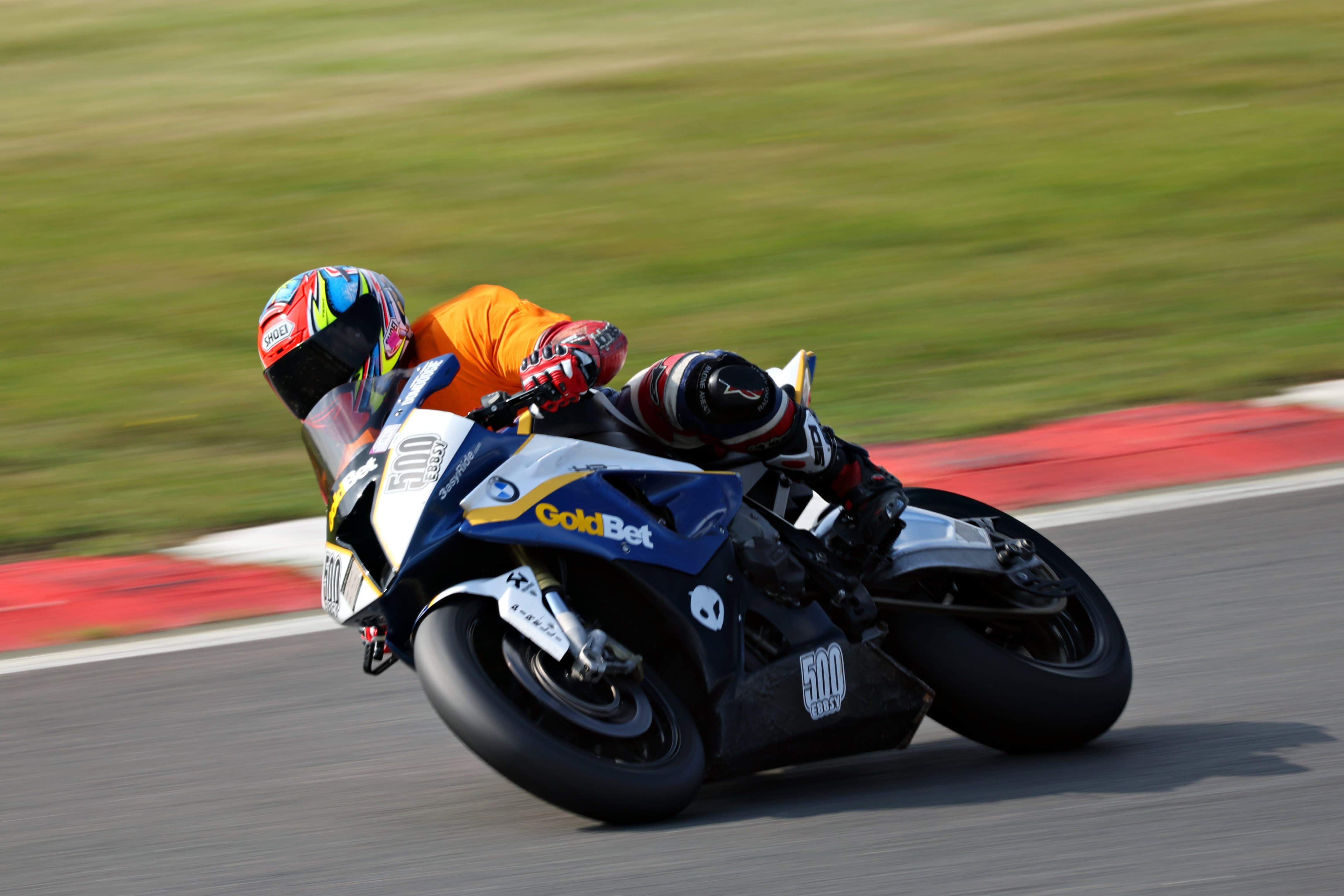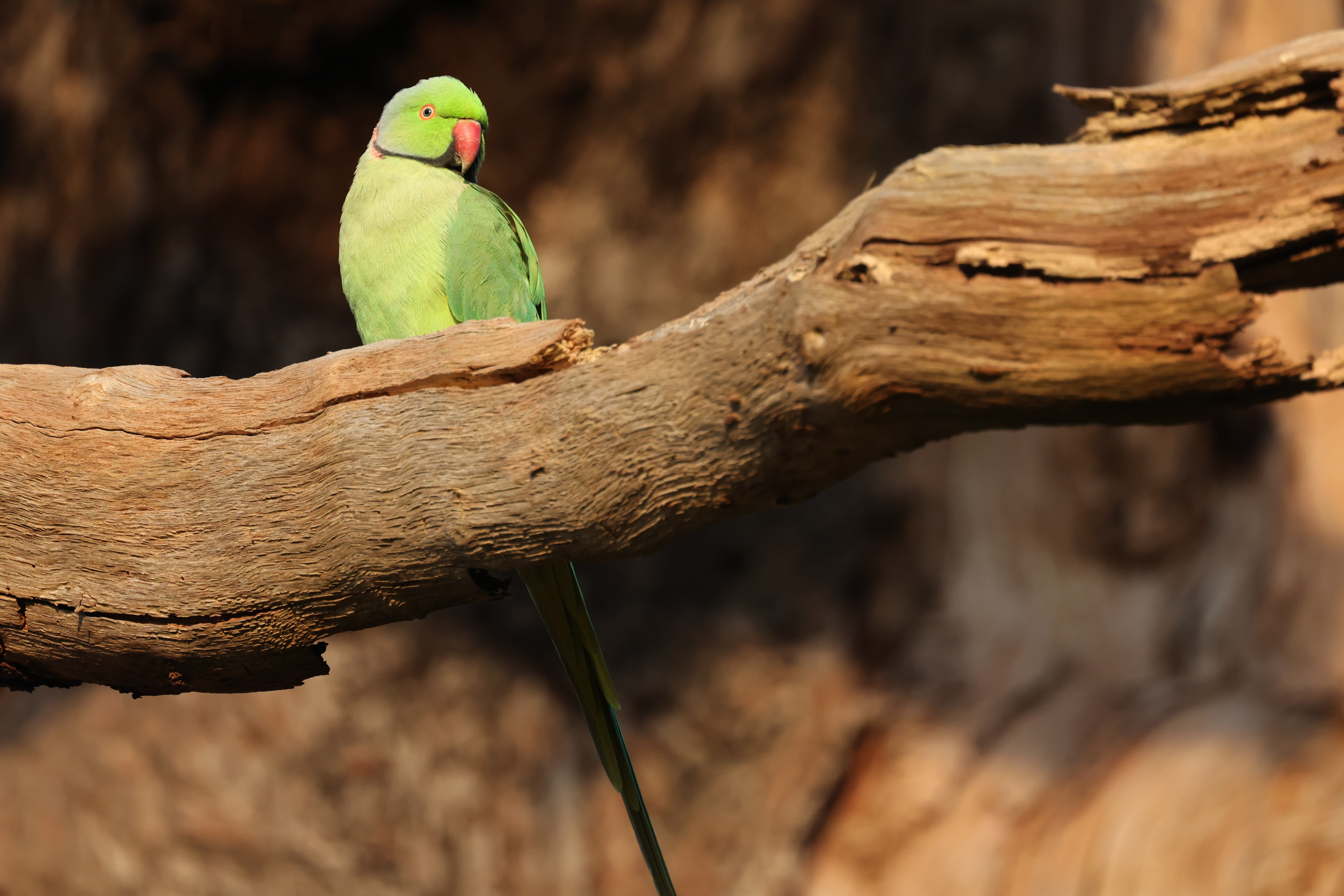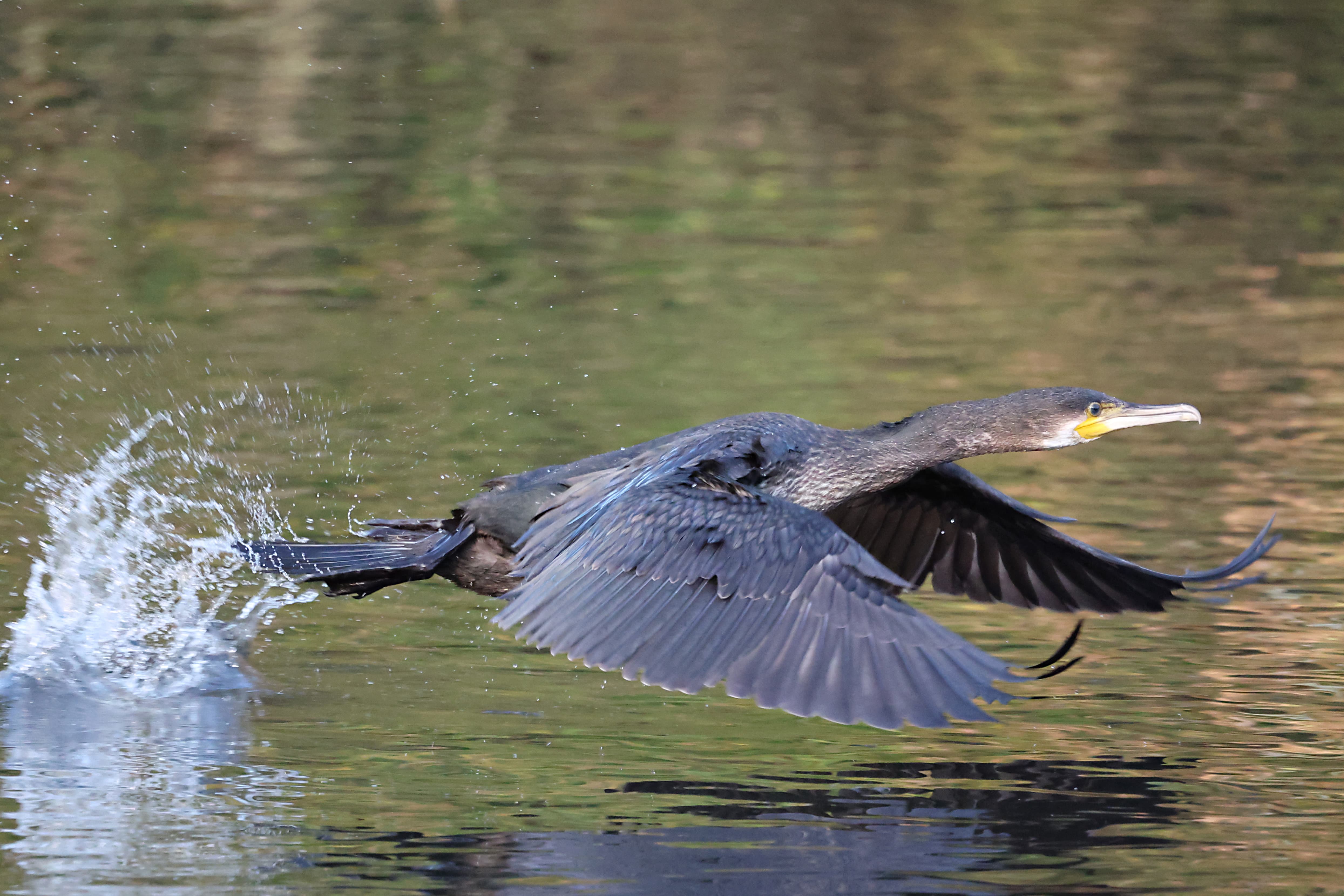Andy Westlake puts the Canon EOS R3 and its Eye control AF through its paces with a day shooting high-speed motorsport
All the sample images in this article were shot using a pre-production beta model of the Canon EOS R3, and may not reflect final image quality. They’re out-of-camera JPEGs edited ‘to taste’, including cropping, brightness, contrast, and saturation adjustments, etc.
Canon EOS R3 at a glance:
- £5,879 body only
- 24MP full-frame stacked CMOS sensor
- 30 frames per second shooting
- 1/64,000 sec top shutter speed
- 5-axis in-body image stabilisation
- AI-based subject recognition AF
- Eye control AF
I’ve been lucky enough to test some remarkable cameras this year. Early on there was Sony’s phenomenal Alpha 1, which can shoot 50MP images at 30 frames per second. Then there was the superb Fujifilm GFX100S, whose 102MP medium-format sensor makes it a landscape photographer’s dream. But when Canon offered me the chance to try out a beta sample of its new EOS R3, I got an extra shiver of excitement.
Because while this high-speed, pro-spec sports and action camera may ‘only’ be capable of shooting 24MP images at 30fps, it’s got some really exciting new features of its own. Most importantly, it’s got Eye control AF. This means it can detect what you’re looking at in the viewfinder and focus on it.
At this point, Canon fans who know their history will be muttering under their breath that I’ve got it all wrong, and eye control isn’t actually new. On one level, they’re absolutely right, as the firm first introduced this futuristic-sounding technology almost 30 years ago, on the EOS 5 in 1992.
Canon then went on to use it in several more 35mm SLRs during the 1990s, including the mid-range EOS 50E and, most notably, the high-end EOS 3 in 1998. As it happens, I used these two cameras for the majority of my film photography, and still own both. This is exactly why I’m so excited by the EOS R3.
What is Eye control AF?
Eye control AF is, at heart, a simple idea. The camera uses an array of low-power infrared LEDs to illuminate your eye and determine whereabouts you’re looking in the viewfinder. Back in the film days, this was simply a method of selecting your autofocus point, and on the EOS 50E which only had three to choose between, it worked perfectly. With the EOS 3’s 45-point system I found it rather less reliable, but I still used it all the time, as it was quicker and more intuitive than the alternative of pressing a button and spinning control dials.

Canon previously used Eye control AF on several 35mm film SLRs, most famously the semi-pro EOS 3 (left)
On the EOS R3, things are a bit different. Aside from anything else, the camera doesn’t really use an array of discreet focus points, as SLRs did; instead, like other mirrorless models, it can autofocus anywhere in the frame. Secondly, its AF system is based heavily on subject recognition, meaning it can be set to detect people, animals or motor vehicles, and then specifically focus on them while ignoring anything else.
Again, this isn’t new; Sony has had great success with its Real-time Eye AF for portraits, while the Olympus OM-D E-M1X can recognise birds and various kinds of vehicles. But there’s often been a practical problem with these systems: if you have several possible subjects for the camera to choose between, it’s not always easy to get it to lock onto the one you want. This is where Eye control AF promises a significant advantage.
To try out the system, I first needed to find a suitable subject. You can, of course, shoot anything you like with the EOS R3, but with the best will in the world, you’re not going to learn much about it by shooting portraits or landscapes. Luckily, I live close to the famous old racing circuit at Brands Hatch. So I found myself driving there on a misty Saturday morning to photograph motorbike racing, armed with the EOS R3, 24-70mm f/2.8 and 70-200mm f/2.8 RF lenses, and a stack of memory cards. Oh, and after a last-minute request to Canon, I also had the decidedly unusual RF 800mm F11 IS STM lens to play with.
Canon EOS R3 – a quick recap
Before going any further, let’s take a step back and remind ourselves of the EOS R3’s main features. It employs an all-new 24MP full-frame stacked CMOS sensor, which enables not only the headline 30fps shooting speed, but also a silent electronic shutter that promises minimal rolling-shutter distortion. In addition, it boasts a world-record fastest shutter speed of an action-freezing 1/64,000sec. Canon’s Dual Pixel CMOS AF facilitates phase-detection autofocus anywhere in the frame, while its AI-based subject recognition technology provides settings for focusing specifically on people, animals, and now motor vehicles.
In design terms, the R3 is one of only a few mirrorless models with an integrated vertical grip for more comfortable use with large telephoto lenses, alongside the Olympus E-M1X and the Nikon’s upcoming Z 9. Its control layout borrows heavily from EOS-1D series professional DSLRs, while adding all the interface updates that we saw in the brilliant EOS R5 and R6.In fact, though, the design lineage goes back much further; almost all the controls that were on the EOS 3 are still to be found on the R3, and in pretty much the same places, too.
For composition, you get a superb 5.76m-dot EVF that offers 0.74x magnification. It’s surrounded by a huge, deep eyecup, which is necessary for Eye control AF to work reliably. New to the EOS R3 is an ‘OVF simulation view assist’ function, which rather than previewing the final processed image, mimics the experience of using an optical finder in terms of colour and contrast, and does so extremely well.
Underneath the EVF is a stunning 3.2in, 4.2m-dot fully articulated touchscreen, with practically every aspect of the camera’s operation being seamlessly integrated into the touch interface. This means you can change most settings using either the physical controls, or by touch.
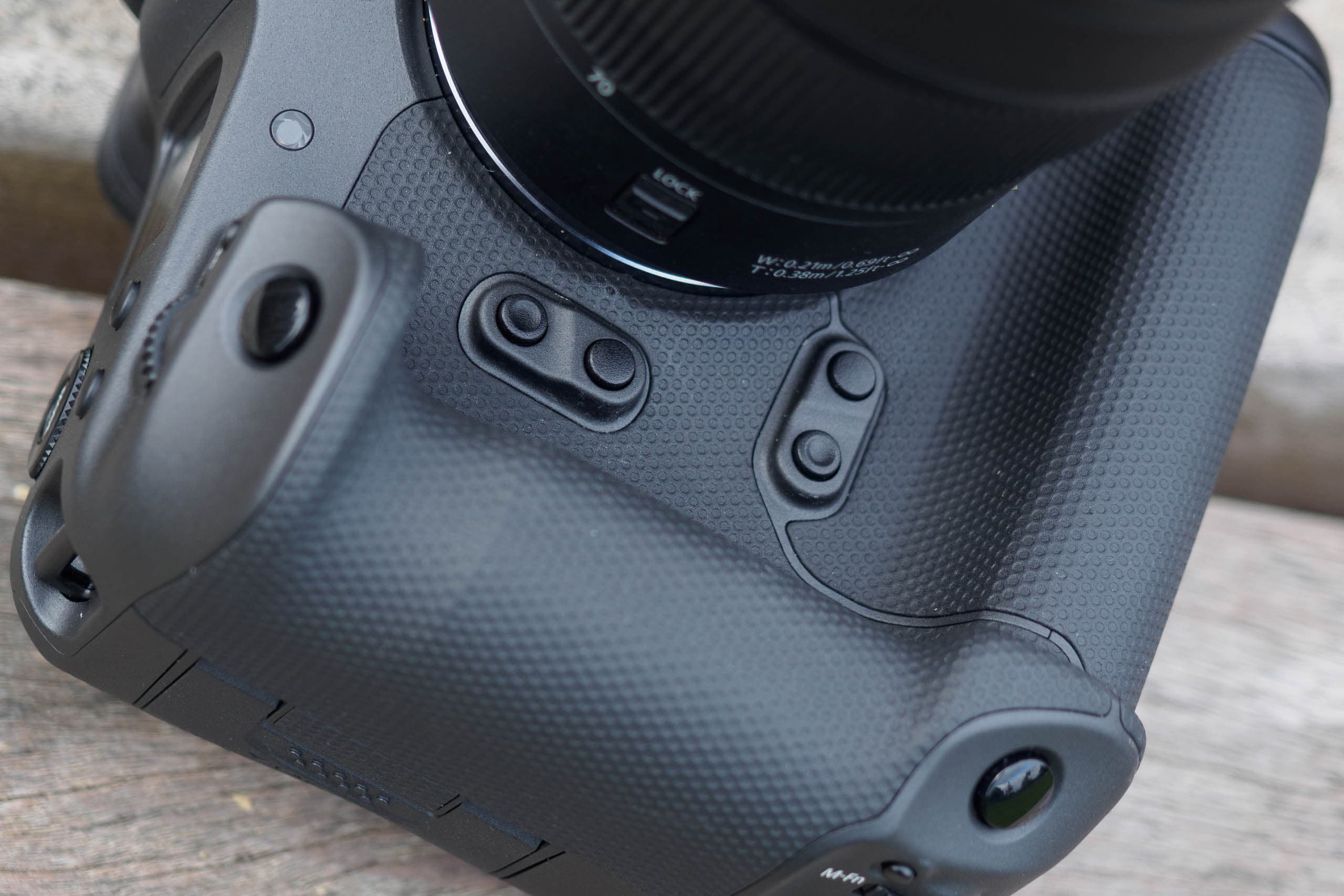
AF tracking is toggled on or off using the upper, convex button on the front, which is duplicated across the two grips.
Overall, anybody who’s used a high-end Canon camera over the past decade should be able to pick up the EOS R3 and get started almost straight away. But there’s one really important thing to do first, which is calibrate the Eye control AF. Thankfully, this is a simple process that only takes a minute; the camera instructs you to look left, right, up and down, while measuring your eye position at each point. Canon advises repeating it in a wide range of lighting conditions, which allows the camera to build up a thorough understanding of your eye structure and how it changes according to the ambient light.
More about the Canon RF 800mm F11 IS STM lens
You need a long lens to shoot motorbikes, and my first thought was to try the RF 100-500mm F4.5-7.1 L IS USM. Unfortunately, Canon couldn’t lend me one at short notice, but provided the 800mm f/11 instead. This unusual design combines a fixed aperture, diffractive optics, image stabilisation and a collapsing barrel design to make a relatively affordable (£999) and portable ultra-telephoto, that can easily be used hand-held.
I didn’t have especially high hopes for it, but ended up being pleasantly surprised, in particular with its ability to keep up with the EOS R3’s autofocus. It’s decently sharp, too, with its main optical flaw appearing to be reduced contrast when shooting into the light. The small aperture does, of course, often require you to use high ISO settings, especially given the fast shutter speeds often required. But with modern full-frame sensors, that’s no problem at all.
The available autofocus zone is also reduced to a central square, so you have to pay more attention to keeping your subject covered, while the minimum focus distance is a lengthy 6m. But these are all acceptable compromises to get a full-frame 800mm that’s less than a third of the weight and a twelfth of the price of its high-end EF 800mm f/5.6L IS USM cousin.
Shooting motorsports with the Canon EOS R3
Before setting out, I configured a custom mode for high-speed action, combining shutter priority with high-speed continuous shooting, servo AF, vehicle tracking, and eye control AF. But in fact, this was almost superfluous, because Canon makes it quick and easy to change all these settings with the camera up to your eye.
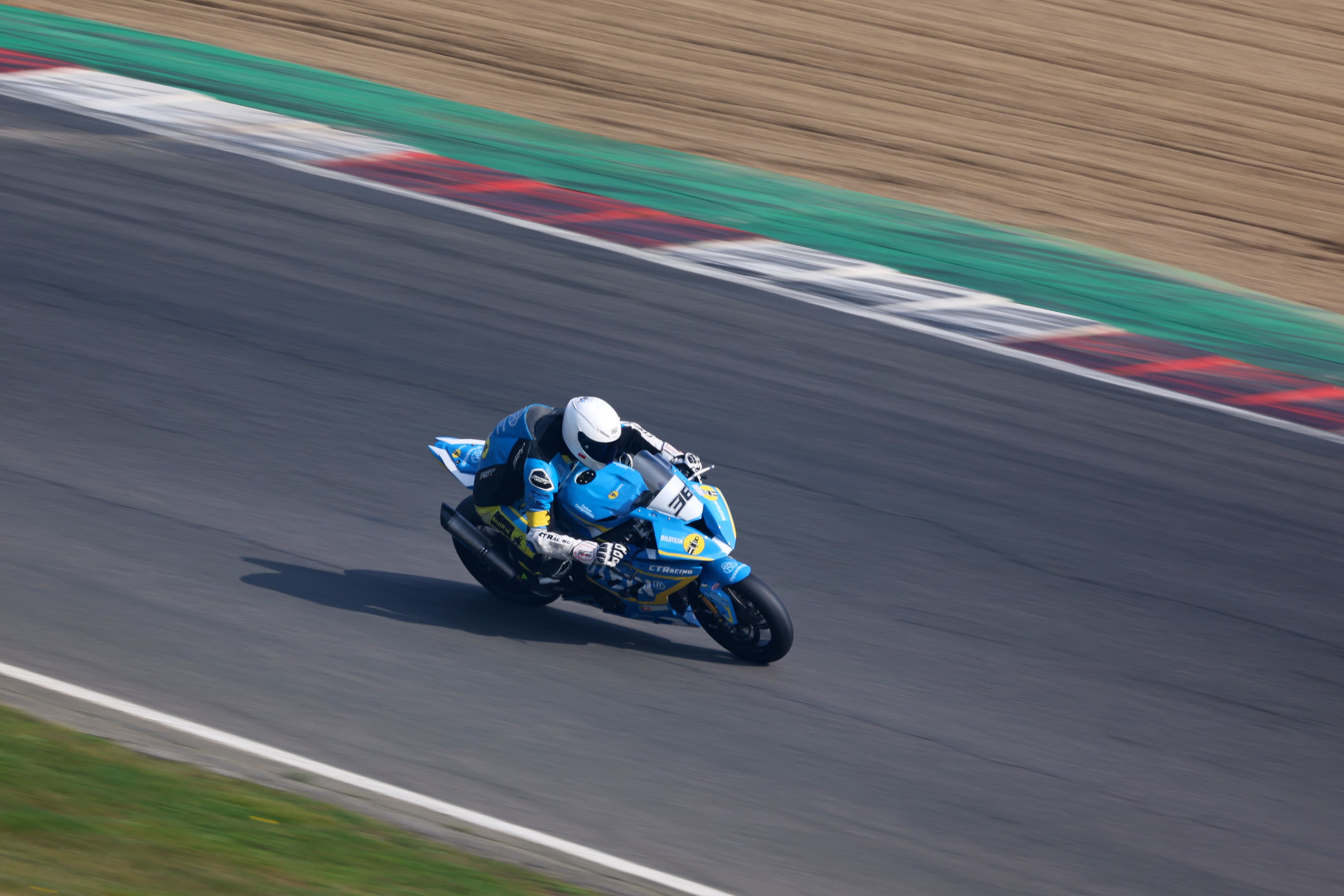
Here I used a relatively slow shutter speed and panned with the subject. Canon EOS R3, RF 800mm F11 IS STM, 1/200sec at f/11, ISO 125
Tracking is enabled using a button on front, eye control can be toggled on and off using the SET button, and subject selection is accessible from the Q menu. It’s all very user friendly, and much easier to set up than the Sony Alpha 1 or Alpha 9 II.
The big question, of course, is whether Canon’s Eye control AF, subject detection and AF tracking all work together seamlessly. The answer is a resounding yes; in fact, it’s an incredibly intuitive way of shooting. You simply look at the subject you’re interested in and half-press the shutter, and the camera locks on instantly, outlining the subject in blue and tracking focus on it.
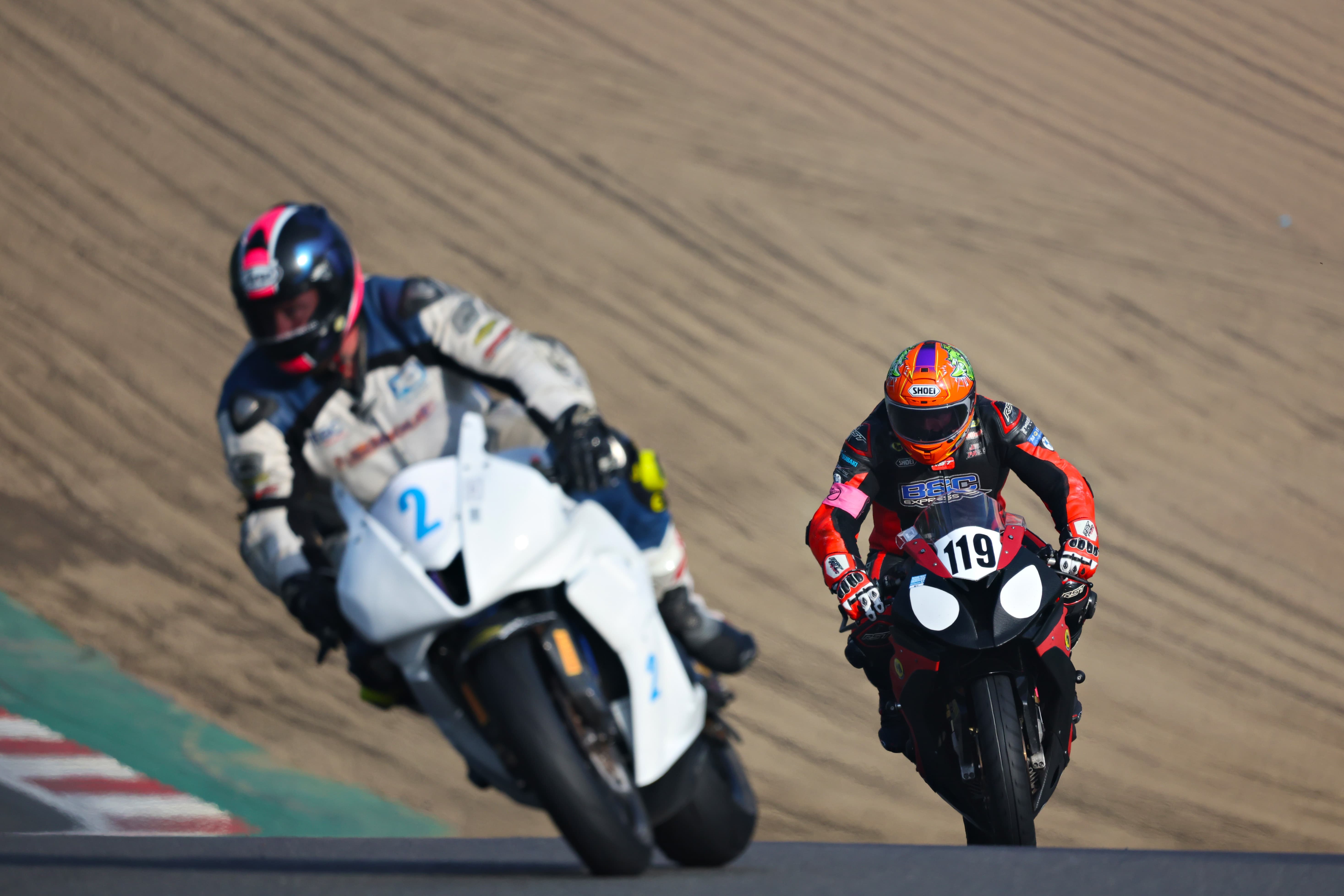
Eye control AF is a brilliantly effective way of choosing between two possible subjects. Canon EOS R3, 1/2000sec at f/11, ISO 1250
For example, when I saw two bikes climbing up Hailwoods Hill, I was able to shift the camera’s attention to the chasing rider simply by looking at him; other AF systems would focus on the leader by default. This works so well that after a few minutes, you almost forget it’s even happening; the AF system just does your bidding with no need to touch a joystick. For this kind of fast-paced shooting, it’s a revolutionary feature.
Canon’s continuous AF also works astonishingly well. In fact, I got a near-perfect hit-rate of in-focus shots, regardless of whether the subject was approaching or leaving the camera, or front- or back-lit. It also continued to work while zooming the lens, which isn’t always the case. Amazingly, it worked almost as well with the 800mm f/11 as it did with the 70-200mm f/2.8.

The camera has no problem tracking focus on subjects travelling away from the camera. Canon EOS R3, RF 800mm F11 IS STM, 1/2000sec at f/11, ISO 2000
With most cameras, engaging the fastest drive speed via the electronic shutter comes with significant compromises. Rolling shutter distortion tends to be problematic, and continuous AF will often be unreliable or stop working altogether. But neither is a problem with the EOS R3.
I stress-tested for rolling shutter effects by shooting bikes driving past at high speed with the camera position held fixed, firing off bursts when I heard one approaching and relying on the blistering 30fps speed to capture it in frame, which worked every time. On examining the resultant files, not only is there no image distortion worth mentioning, but by employing the 1/64,000sec top shutter speed, I also captured pin-sharp shots. If you look really closely there are some jagged artefacts on diagonal edges, but this is nit-picking.

This 30fps thumbnail sequence shows the bike travelling through the frame. With a slower camera, you’d be really lucky to capture it.
A white frame flashes around the edge of the viewfinder during burst shooting, which gives a useful visual confirmation that the shutter is firing. Of course, 30 frames per second is demanding on data throughput, but this is where the CFexpress card format pays off.
I used a 64GB Lexar Professional Type B card with a rated 1000 MB/s write speed (fully 3x quicker than my fastest SDs), and it swallowed large bursts of JPEG and raw files effortlessly, without the camera ever perceptibly slowing down. Using the matched Lexar reader, I was also able to copy a card’s worth of files in less than seven minutes. For less demanding work, you can still use SD cards in the camera’s other slot.
One area where mirrorless cameras still tend to get flak is with regards to stamina. In this respect, the EOS R3’s rating of 620 shots per charge when using the EVF may look like its Achilles’ Heel; after all, that equates to just 21 seconds of burst shooting. But this really reflects the fact that the CIPA battery life test is based around shooting single frames at distinct intervals, and is completely irrelevant for high-speed bursts.
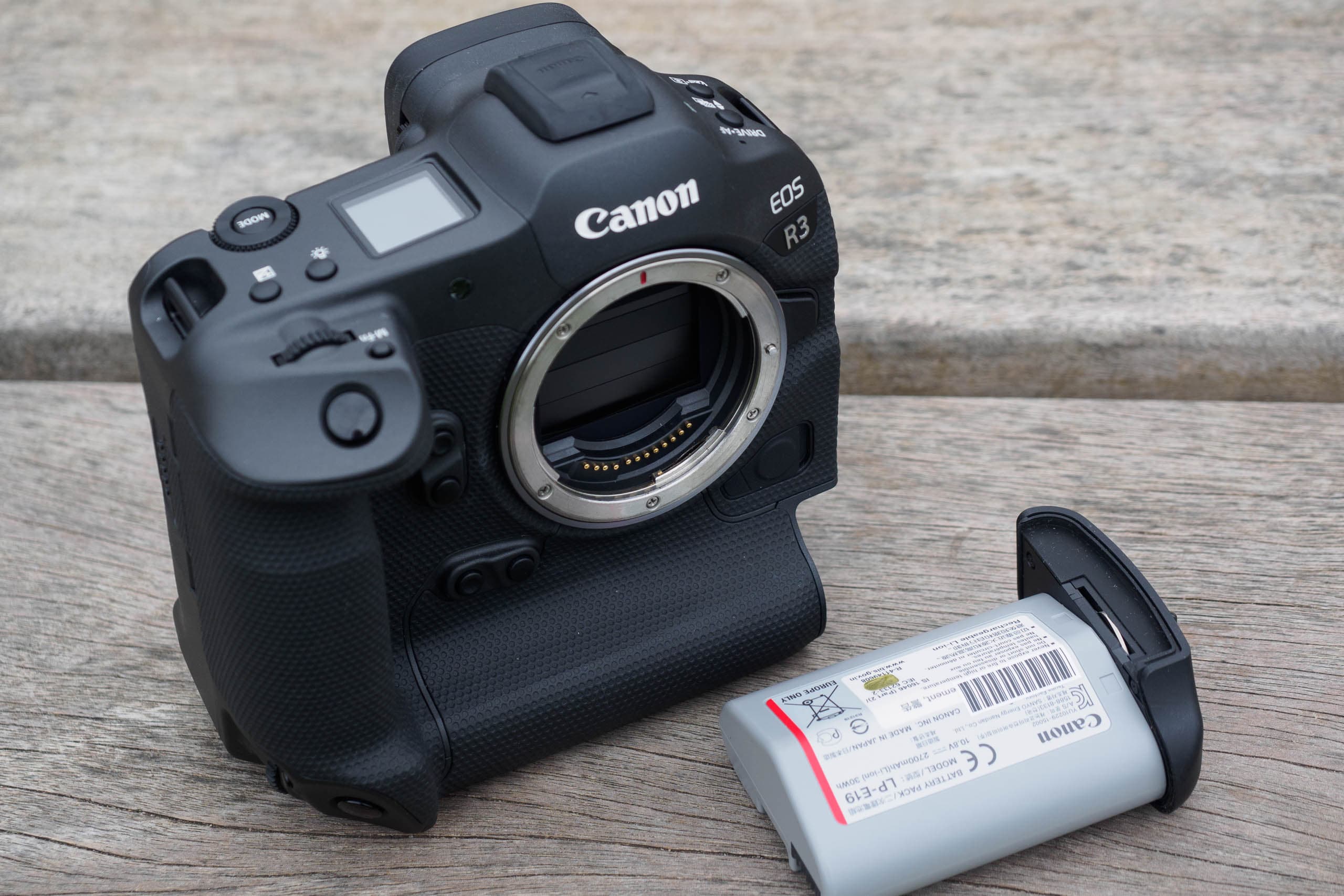
The battery may only officially be rated to 620 shots per charge, but if you mostly shoot bursts with the electronic shutter, it’ll deliver over 10,000 shots
Shooting mostly JPEG files at 30fps (as raw support isn’t yet available at the time of writing), I returned home with over 9000 shots and the battery still registering over 30%. With such a huge number of files, I also appreciated the ability to apply star-ratings using a dedicated external button, which are then recognised in imaging software such as Lightroom.
Canon EOS R3 – initial impressions in real-world use
With this being a Beta sample of the EOS R3, I can’t do the usual testing and image quality assessment that you’ll find in our full reviews. Instead, I can just show some pictures and give my initial thoughts on how well Canon’s new tech all fits together. Needless to say, I’m seriously impressed.

Even with a consumer telephoto, the EOS R3 convincingly demonstrated the capabilities of its Eye control AF
Using the EOS R3 reminds me of when I first picked up the original Sony Alpha 9 and realised that mirrorless cameras had completely surpassed the capabilities of DSLRs with regards to shooting speed and autofocus. Now, Canon has more than matched that technology, but made a camera that offers vastly superior handling while being much easier and more intuitive to use. Indeed what impressed me most is just how easy the EOS R3 made it to get perfectly-sharp shots, time after time; using it almost feels like cheating. This is the camera that the Alpha 9 II wants to be when it grows up.
It’s certainly an exciting time to be a photographer, with camera technology advancing at an extraordinary rate. Alongside the Sony Alpha 1 and Fujifilm GFX100S, the Canon EOS R3 shows the boundaries being pushed further than ever before. And let’s not forget, the Nikon Z 9 is still to come. We may be mourning our favourite old SLR systems, but their replacements are absolutely extraordinary, and with the EOS R3, Canon is right back at the head of the pack.
Post-script – animal detection AF
The Canon EOS R3 doesn’t just recognise motor vehicles, but animals too. For example, it easily detected this ring-necked parakeet’s body and head:
Here’s a cormorant on its take-off run, again recognised and tracked by the camera:
And finally, remarkably, here is a bee captured in mid-flight, using autofocus.

